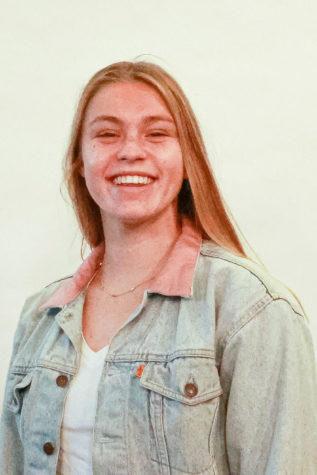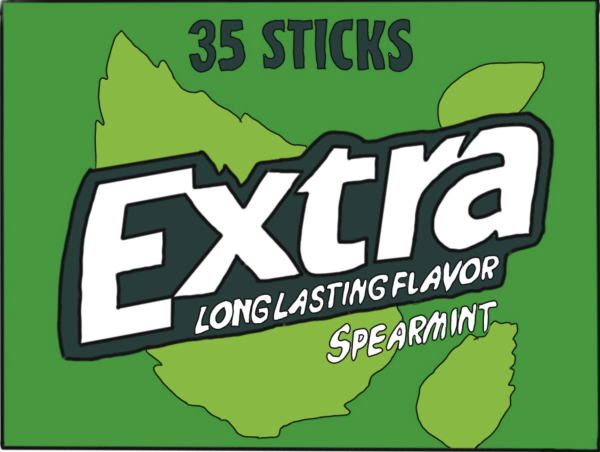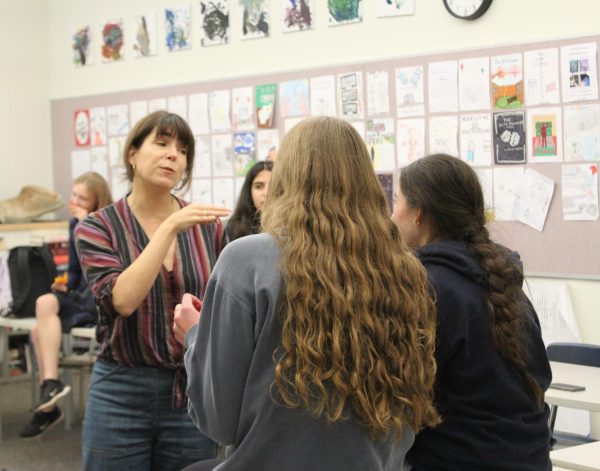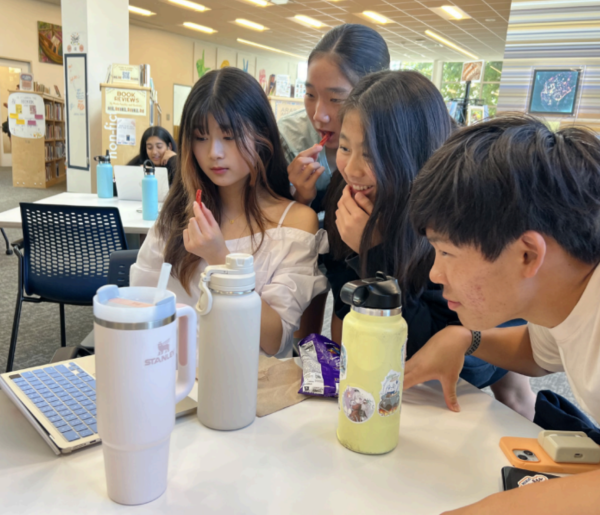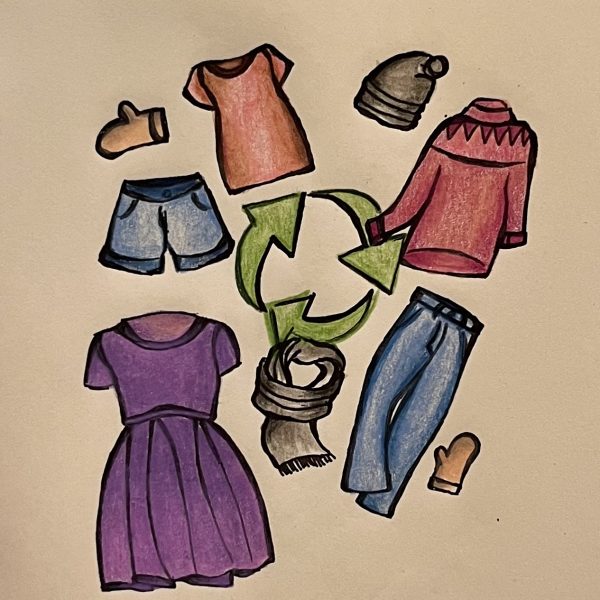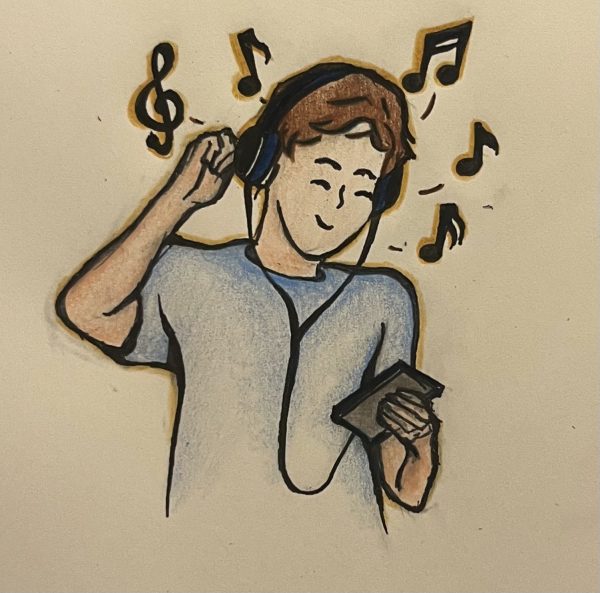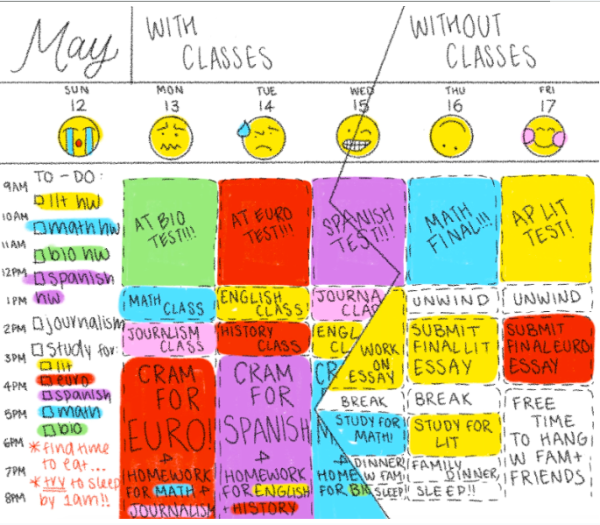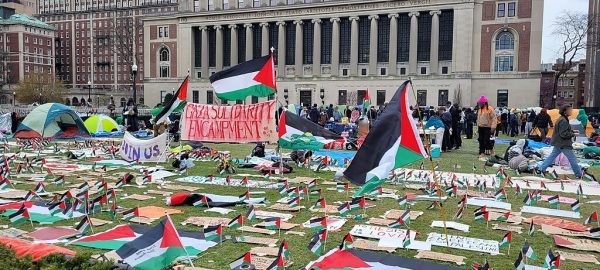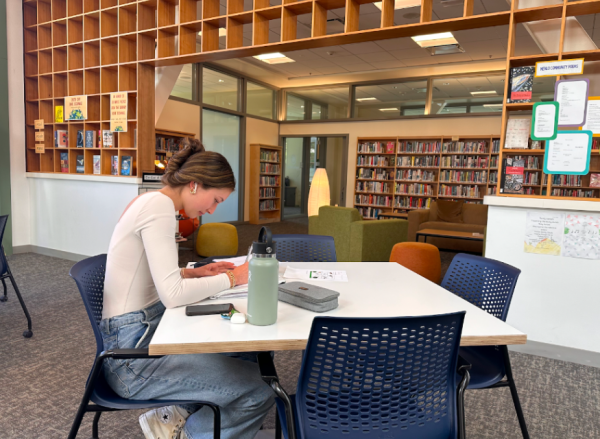165 Parking Spots, 281 Students
June 8, 2021
With 165 parking spots in the junior and senior parking lot and over 280 possible student-drivers in those grades, Menlo faces an ongoing struggle to provide sufficient parking for its students and faculty. Now, with no busses and some students wary of taking public transportation due to COVID-19, the parking problems are getting far worse, and students are frustrated about the dilemma. The administration needs to address the parking issue and encourage students to either use alternate forms of transportation or provide more offsite parking.
According to the Director of Security Mustapha Moutri, the student lot fills up by approximately 8:55 a.m. each morning, and Security checks the lot to make sure that all cars have a permit three times a day. “The [pandemic] meant that the school was not allowed to use the bus service,” Moutri said. “That forced all the seniors and juniors to drive to school, causing high demand for parking posts on campus.” The increased demand for parking meant fewer spots, students arriving early to claim the existing spots and higher stress levels to locate parking in the morning.
Junior Alina Hernandez notices how quickly the parking lot fills up in the morning and has to get to school over 15 minutes before her first class to get a guaranteed spot. Since Hernandez lives in Cupertino, this means she has to leave her house around 8 a.m. However, Hernandez is even more frustrated by the crowding in the parking lot after school. “Getting out of the parking lot in the afternoon is extremely hard, and a lot of the time, it takes 20 minutes,” Hernandez said.
While the parking lot situation can prove challenging for juniors and seniors, sophomores have to locate a spot off-campus since the lot is only open to upperclassmen. These spots are not only hard to come by because of parking restrictions, but the existing spots often require difficult parallel-parking jobs for new drivers, they can result in potential ticketing if one does not move their car in time and they can create panic in the morning when there are no spots. Because many side streets are closed to curbside parking or have only two-hour parking spots, some sophomores park downtown or get a ride to campus.
Sophomore Sophie Leupold planned on driving herself to campus. However, following Upper School Dean of Students Tony Lapolla’s email informing sophomores that they could not park in the lot, she no longer wanted to drive to school. “I had no idea where I would park, so I decided I would have my parents drive me,” she said. Lapolla’s email was part of the administration’s response to the parking issue. Lapolla repeatedly instructed all sophomores that they must find off-campus parking if they wished to drive to school.
Despite Lapolla’s instructions to sophomores to avoid the junior and senior parking lot, many do not follow these rules. Junior Gus McGaraghan, who has parked in the lot all his years at Menlo because he has an older sibling, feels that sophomores and parents in the lot are a significant part of the parking dilemma. “In past years, getting a spot was never a problem,” McGaraghan said. “This year, parents are parking in the lot during pickup and dropoff, and way too many sophomores are parking in the lot.” Many parents parked in the lot or the loop because that was closer to the designated blue ground dropoff and pickup point at the beginning of hybrid learning, which served to further congest the parking area.
Upper School Spanish teacher Adriana Díaz Ross believes that Menlo works hard to provide adequate parking, and she also wishes that students would be more proactive in driving to campus. “A good number of faculty members make an effort to reduce traffic by taking the train, biking or carpooling,” Díaz Ross said. “I wish students were more environmentally conscientious and worried less about the convenience of driving to school.”
Menlo needs to promote more transportation methods to decongest the parking lot. While the Go Menlo program initially promoted carpooling, biking and other modes of transportation, the program died down due to COVID-19, and it did not create long-term change. Ultimately many Menlo students want to drive themselves to school, so Menlo must provide parking for these students or have effective campaigns to convince the student body to carpool or use public transport.



